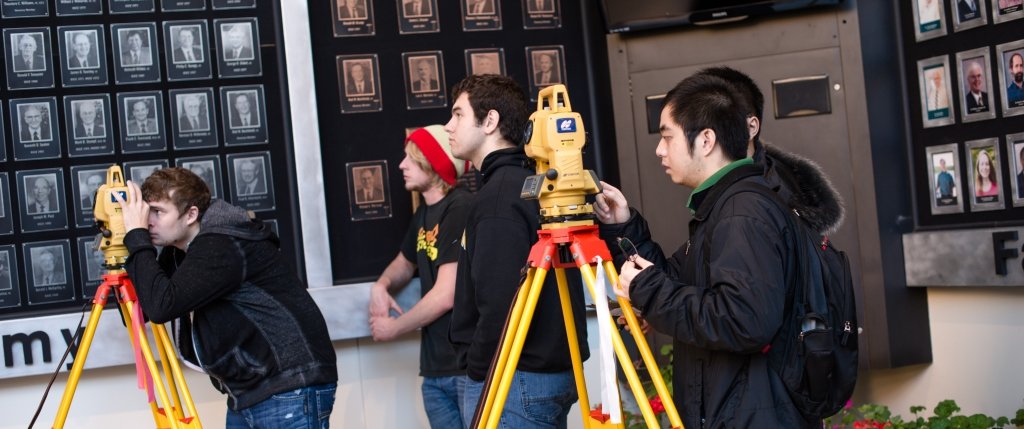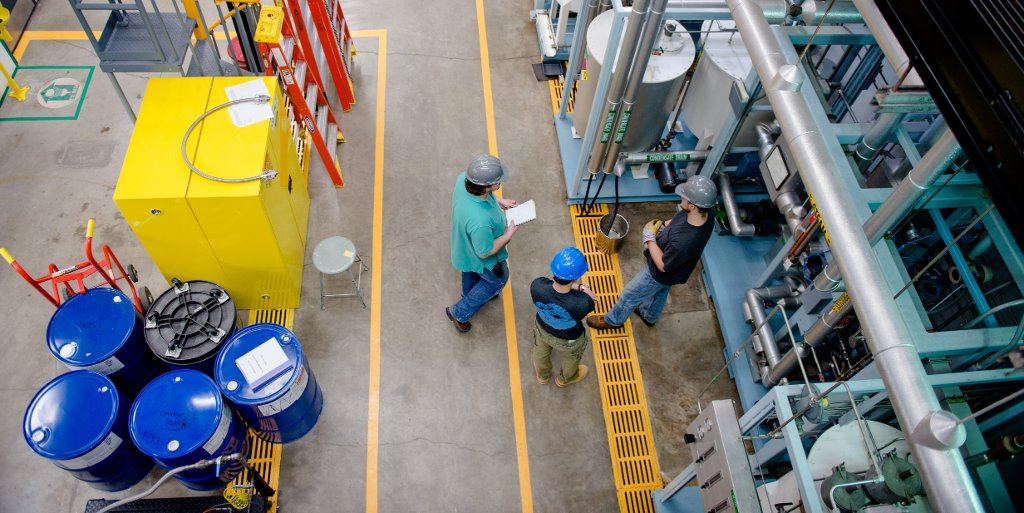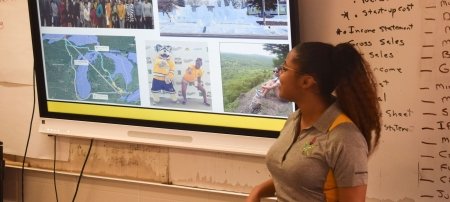Michigan Tech’s thought leaders glimpse into the University’s future. Jim Frendewey, dean of the School of Technology, examines the dichotomy of engineering and engineering technology.
Michigan Tech’s College of Engineering teaches engineering and the University’s School of Technology teaches engineering technology. What in the world is the difference, and what will the two look like in a decade?
Jim Frendewey, retiring dean of the School of Technology, explains the dichotomy from a historical perspective.
Applied vs. Theoretical Engineering
Originally, he says, engineering education was on-the-job, shop-based training based on the European apprenticeship model. By the late 19th century, engineering schools were springing up, and engineering education was becoming more and more theoretical, so much so that in the early 1950s, there was much discussion concerning what the content of engineering curricula should contain.
“One of the outcomes of these discussions,” Frendewey says, “was the idea that there should be two paths to an engineering degree: a more general or applied emphasis, and a more science-based or theoretical approach. From this difference arose the term ‘engineering technology,’ meaning programs that focus on hands-on, lab-intensive curricula.”
But as engineering education evolves and adapts to technological advancements and changing industrial and societal needs, Frendewey sees engineering and engineering technology starting to share similarities.
“This is happening across the country,” he says. “At Michigan Tech, we can see the engineering curricula incorporating more ‘hands-on’ lab experiences during the first two years. Some have even suggested that all students pursuing an engineering education should begin with an engineering technology lab-focused experience and then decide whether to pursue an applied engineering degree or a more theoretical education that leads to research and development work or graduate studies. I believe this is a very reasonable approach, although I hesitate to predict that it will happen in the next 10 years.”
A 2015 report from the American Society for Engineering Education Conference for Industry and Education Collaboration supports Frendewey’s view.
“It seems clear that whether by historical foundations or by industry demand, a more hands-on approach to the practical application of engineering principles is needed in higher education,” the report concludes. “Engineering technology programs emerged because of industry demand and historical expertise. Today, many universities continue to struggle with the notion of having ‘engineering’ and ‘engineering technology’ as two separate and distinct academic disciplines. Both engineering technology and engineering have a duty to work together for the advancement of science and for the betterment of society.”
Computing Skills
Another sea change coming in STEM education—and society in general—is the growing need for computing expertise.
“Computing is integral to everything in our personal lives and in our work,” Frendewey says. “Michigan Tech is beginning to grapple with the best approach to provide all students with a solid foundation in computing, while also developing the infrastructure to allow us to establish the University as a significant player in this research space by allowing for more collaborative work across disciplines."
“This is a disruptive endeavor for the University,” Frendewey acknowledges, “and there will be tough decisions that must be made; but we will not be able to take advantage of the research opportunities provided by the challenges in cybersecurity, big data, the Industrial Internet of Things, smart manufacturing, robotics, telehealth and sensors if we do not embrace this essential change.”
The School of Technology is already starting to meet this challenge through a National Science Foundation grant, establishing an agreement between Bay College and Michigan Tech. The program enables students who earn an Associate in Applied Science in Mechatronics and Robotics Systems degree at the community college, to transfer their credits into a Bachelor of Science in electrical engineering technology program at the University.
Michigan Technological University is an R1 public research university founded in 1885 in Houghton, and is home to nearly 7,500 students from more than 60 countries around the world. Consistently ranked among the best universities in the country for return on investment, Michigan's flagship technological university offers more than 185 undergraduate and graduate degree programs in science and technology, engineering, computing, forestry, business, health professions, humanities, mathematics, social sciences, and the arts. The rural campus is situated just miles from Lake Superior in Michigan's Upper Peninsula, offering year-round opportunities for outdoor adventure.






Comments